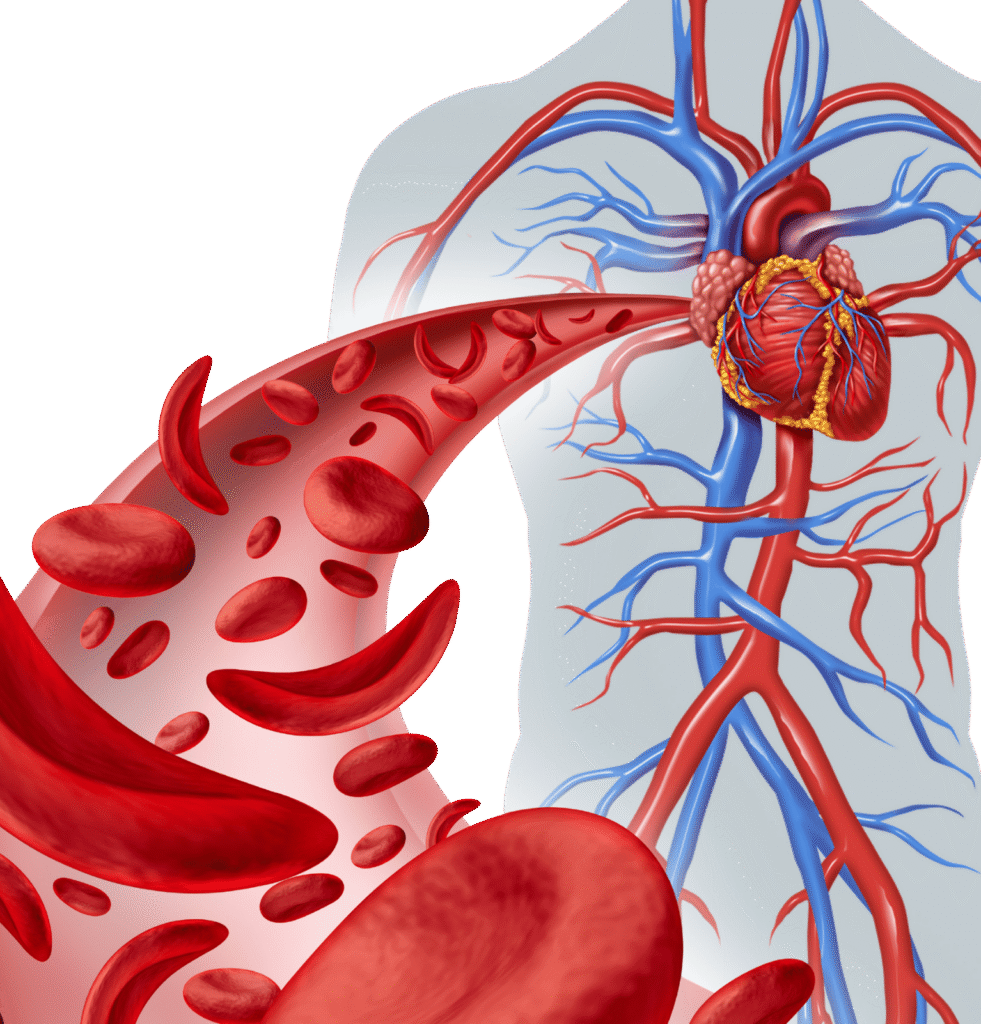Definitive Cancer Diagnosis
"Definitive Cancer Diagnosis" refers to the unambiguous and conclusive identification of cancer, confirming its presence, specific type, and often its grade. Unlike screening tests or tumor markers, which may suggest the presence of cancer, a definitive diagnosis provides the irrefutable evidence required to initiate treatment.
Why is a Definitive Diagnosis Essential?
- Treatment Planning: Different types of cancer, even within the same organ, require vastly different treatment approaches (e.g., surgery, chemotherapy, radiation, targeted therapy, immunotherapy). A definitive diagnosis ensures the correct treatment is chosen.
- Prognosis: The specific type and grade of cancer significantly influence the patient’s prognosis (outlook).
- Patient Counseling: Provides clarity for the patient and their family, allowing for informed decision-making and emotional preparation.
- Clinical Trial Eligibility: Patients must have a definitive diagnosis to be eligible for cancer clinical trials.
- Legal/Insurance Requirements: Often required for insurance coverage and disability claims.

The Gold Standard: Pathological Examination of Tissue/Cells
The definitive diagnosis of cancer almost always relies on the microscopic examination of cells or tissue by a pathologist.
- Biopsy:
- What it is: The surgical or procedural removal of a small sample of suspicious tissue from the body.
- Types of Biopsies:
- Incisional Biopsy: Removal of a piece of the tumor.
- Excisional Biopsy: Removal of the entire tumor (often for smaller lesions or skin cancers).
- Core Needle Biopsy: Uses a larger hollow needle to remove a core of tissue. Preferred for many solid tumors (breast, lung, liver).
- Fine Needle Aspiration (FNA): Uses a very thin needle to collect cells from a lump or mass (e.g., thyroid, lymph node).
- Endoscopic Biopsy: Tissue samples taken during endoscopy (e.g., colonoscopy, bronchoscopy).
- Bone Marrow Biopsy: For blood cancers (leukemia, lymphoma, multiple myeloma) or when solid tumors are suspected to have spread to the bone marrow.
- Liquid Biopsy: While increasingly used for monitoring and identifying resistance mutations, liquid biopsies (circulating tumor DNA) are generally not considered definitive for initial diagnosis unless a tissue biopsy is impossible, as they don’t provide tissue architecture.
- Pathological Examination in the Diagnostic Laboratory:
- Histopathology (Tissue Biopsy):
- Process: The biopsied tissue is processed, embedded in paraffin wax, sliced into very thin sections, stained (most commonly with Hematoxylin and Eosin – H&E), and examined under a microscope by a histopathologist.
- What the Pathologist Looks For:
- Cellular Morphology: Abnormal cell size, shape, nuclear features (large, irregular nuclei, prominent nucleoli), increased mitotic activity (cells dividing rapidly).
- Tissue Architecture: Disruption of normal tissue structure, invasion of surrounding tissues, loss of differentiation.
- Presence of Malignancy: The pathologist confirms if the cells are cancerous.
- Tumor Type and Subtype: Identifies the specific type of cancer (e.g., adenocarcinoma, squamous cell carcinoma, lymphoma, sarcoma).
- Grade: Assesses how aggressive the cancer cells appear (e.g., well-differentiated, moderately differentiated, poorly differentiated).
- Cytopathology (Cell Samples):
- Process: Cells obtained from FNAs, body fluids (e.g., pleural fluid, CSF), brushings (e.g., Pap smear), or washings are prepared on slides, stained, and examined by a cytopathologist.
- What the Pathologist Looks For: Malignant features in individual cells.
- Examples: Pap test for cervical cancer, FNA of thyroid nodules.
- Histopathology (Tissue Biopsy):
Advanced Techniques for Definitive Diagnosis:
Beyond routine H&E staining, pathologists use specialized techniques to further characterize the cancer:
- Immunohistochemistry (IHC):
- Purpose: Uses antibodies to detect specific proteins (biomarkers) on cancer cells.
- Clinical Importance: Helps determine the origin of a metastatic cancer, differentiate between similar-looking cancers (e.g., lymphoma vs. carcinoma), identify specific targets for therapy (e.g., HER2 in breast cancer, PD-L1 in various cancers), and classify subtypes.
- Flow Cytometry:
- Purpose: Analyzes cell surface markers on a large number of cells, particularly useful for diagnosing and classifying blood cancers (leukemia, lymphoma).
- Clinical Importance: Identifies specific lineages of abnormal white blood cells.
- Molecular Diagnostics (on Biopsy Tissue):
- Purpose: Detects specific genetic mutations, gene fusions, or amplifications within the tumor cells.
- Methods: PCR, FISH, Next-Generation Sequencing (NGS) panels.
- Clinical Importance: Essential for guiding targeted therapies and immunotherapy, and for precise classification of certain cancers (e.g., specific lung cancer subtypes, sarcomas).

The "Definitive" Aspect
A diagnosis becomes “definitive” when the pathologist’s report, based on the microscopic examination of tissue/cells and often supported by ancillary tests, conclusively states the presence of malignancy, its type, and its grade. This report is the foundation upon which all subsequent oncology decisions are built.

